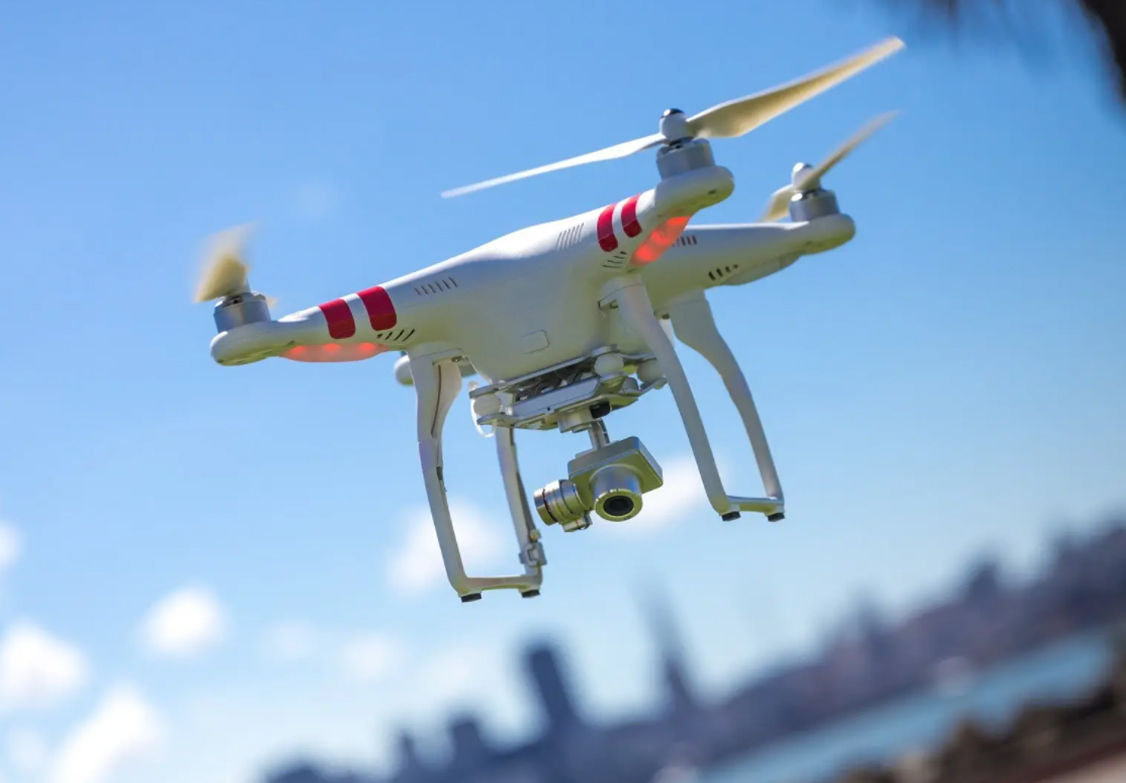Drone technology is revolutionizing industries globally, transcending boundaries and offering myriad possibilities. At the forefront of this innovation is the versatile and rapidly evolving drone, a device that wields the power to reshape our world. In recent years, drones have become indispensable tools in various sectors, ranging from entertainment to agriculture, and everything in between. These unmanned aerial vehicles (UAVs), equipped with sophisticated sensors and imaging technology, are transforming how businesses operate, how data is collected, and how challenges are overcome.
In the realm of commercial applications, drones shine brightly. Film and advertising industries leverage drones to capture breathtaking aerial shots that were once achieved through expensive helicopter rentals. Furthermore, their ability to maneuver in tight spaces and offer stable footage has made them invaluable assets during production. Sports events and concerts find drones equally advantageous, delivering live feeds and audience engagement through captivating visual perspectives. The environmental sector also benefits significantly from drone technology. Conservationists and researchers use drones to monitor wildlife populations and habitat conditions in places that are otherwise difficult to access. Drones can capture real-time data on fauna and flora, supporting efforts like preventing deforestation and poaching. Through strategic deployment, drones contribute to sustaining biodiversity and understanding ecological dynamics. 
Aside from practical applications, drones foster creativity and innovation. Hobbyists and professionals alike use drones for photography, racing, and exploring the skies. They open up new avenues for artistic expression and scientific research, providing a platform for pioneering endeavors. Despite their immense advantages, drones face challenges like battery life limitations and weather-dependent operations. Manufacturers are rapidly developing solutions, investing in longer-lasting batteries and autonomous flight capabilities that minimize weather impacts.
Agriculture and Environmental Conservation
One of the core areas where drones are most transformative is agriculture. Modern agriculture relies heavily on data-driven approaches to optimize yield and resource management. Drones equipped with multispectral cameras can assess crop health, plant density, and water irrigation efficiency from above, thus facilitating precision agriculture. By mapping large fields accurately and providing insightful data, drones enable farmers to make informed decisions.Meanwhile, the logistics and delivery industries are beginning to harness the potential of drones. Rapid package delivery and inventory checks are becoming feasible with drones, reducing time and labor costs while enhancing efficiency. With major companies leading pilot programs, the idea of having parcels delivered to your doorstep by drone is quickly transitioning from sci-fi fantasy to everyday reality.

In the realm of public safety, drones equipped with thermal imaging cameras can assist in firefighting operations, locating hot spots and survivors without risking human lives. Search and rescue missions have found drones invaluable; their quick deployment and aerial perspective shorten response times and improve outcomes. Police forces use UAVs for surveillance and crowd monitoring, offering a bird’s-eye view that enhances situational awareness.
Security and Privacy Concerns
As drone technology progresses, so does the conversation around security and privacy. Regulations are constantly adapting to ensure safe drone operations, balancing innovation with responsibility. Users and lawmakers must collaborate to establish frameworks that protect individuals’ rights while enabling technological progress.It is essential to address misconceptions about drones. Contrary to common belief, drones are not inherently intrusive or dangerous; rather, their applications largely contribute positively to society. Through responsible usage and technological safeguards, the benefits of drones far outweigh the risks.
FAQs
- Q: What are major industries adopting drones? A: Key sectors include agriculture, film production, environmental conservation, logistics, and public safety, all using drones to enhance efficiency and gather crucial data.
- Q: How do drones contribute to environmental conservation? A: Drones help monitor wildlife, assess environmental conditions, and combat illegal activities such as poaching, aiding in the preservation of natural resources and biodiversity.
- Q: What regulations govern drone usage? A: Drone operations are regulated by aviation authorities, requiring users to comply with rules regarding airspace, privacy, and operational safety. Regulations continue to evolve alongside technological advancements.